Have you heard this one before? A scrappy entertainment company launches a small catalog of ad-free streaming movies and TV shows for cheap. It doesn’t seem like a big deal at first, because the content is mostly B-movies and reruns, but it proves popular with consumers and goes on to change television entertainment as we know it.
I could be referring to Netflix, which started down that exact path with its “Watch Now” streaming catalog way back in 2007. But I could also be prognosticating about Howdy, the $3-per-month streaming service that Roku launched just last week.
The parallels are obvious. Roku is starting with a small catalog, heavy on filler, and claims it’s not trying to compete with incumbents. But it’s also arriving at a time when consumers are increasingly frustrated with the larger streaming services, which are becoming more like the bloated, expensive cable packages they once aimed to displace.
Howdy might seem insignificant now, but like Netflix, it could become the start of something bigger.
Howdy vs. Netflix
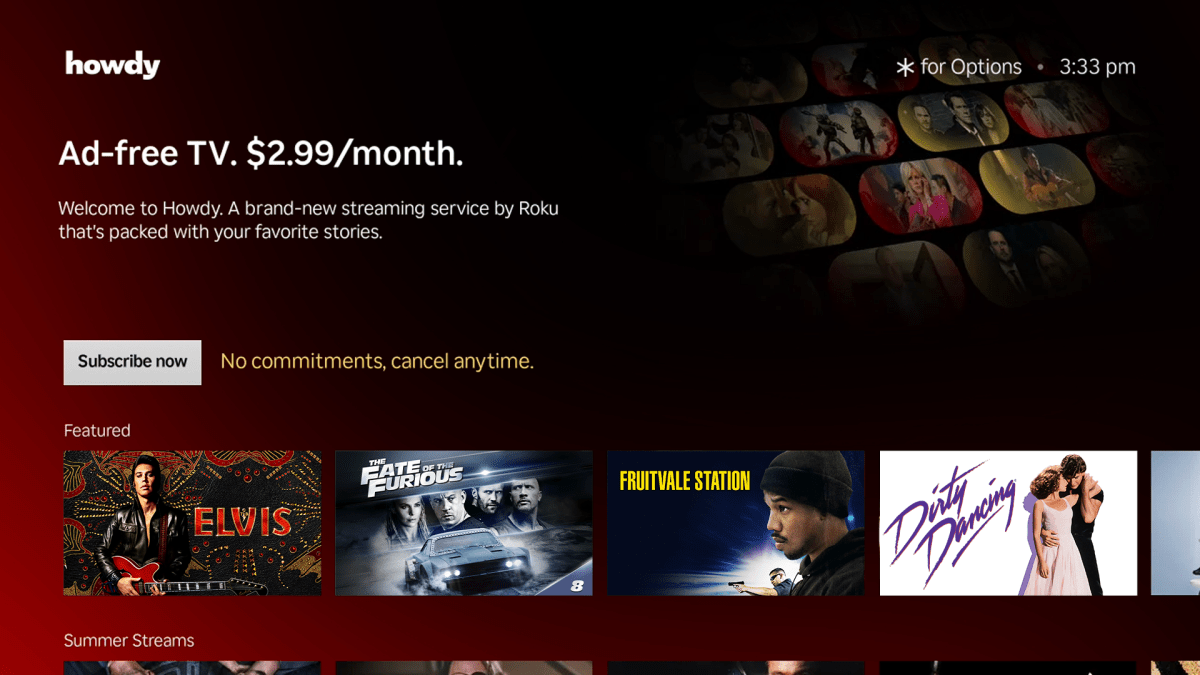
Roku
People tend to remember Netflix as offering an endless bounty of content in its early years, but in 2007, its catalog was tiny, with just 1,000 titles at the outset. Roku’s Howdy catalog is similarly small, with “thousands of titles,” according to Roku, and less than 10,000 hours of entertainment in total.
This isn’t about quality over quantity, either. While Howdy has a handful of standouts, including Mad Max: Fury Road and Apocalpyse Now, it’s also filled with such forgettable TV shows as Nikita and Spartacus: Gods of the Arena. (The catalog has some overlap with The Roku Channel, Roku’s long-running free ad-supported streaming service, but there are unique titles on each.)
That’s how it was with Netflix back in the day as well. “[T]he selection is fairly small, at least once you subtract the mind-boggling gigabytes of B movies — more like C or D movies — like Addicted to Murder III: Bloodlust and Witchcraft XI: Sisters in Blood,” David Pogue wrote of Netflix’s streaming launch. Early users created forum threads for recommending quality content—shows like The Office and films like Groundhog Day—from within the cruft.
Of course, Netflix’s streaming catalog got better over time. The service struck a deal with Starz in 2008 to get new-release movies onto the service, and it outbid premium networks (including Starz) for Disney’s movie streaming rights in 2012. A series of deals with AMC brought such prestige TV shows as Breaking Bad, The Walking Dead, and Mad Men onto the service, where they became more closely associated with Netflix than the cable network that originally aired them. By 2013, it was launching its own buzzy originals with House of Cards and Orange is the New Black.
One could imagine Roku scaling up its own service in similar ways. The subscription business requires big hits to encourage sign-ups (something Roku itself has acknowledged in the past), so the company will surely seek flashier content deals for Howdy in the future. Its original programming arm could play a bigger role as well.
Not rocking the boat
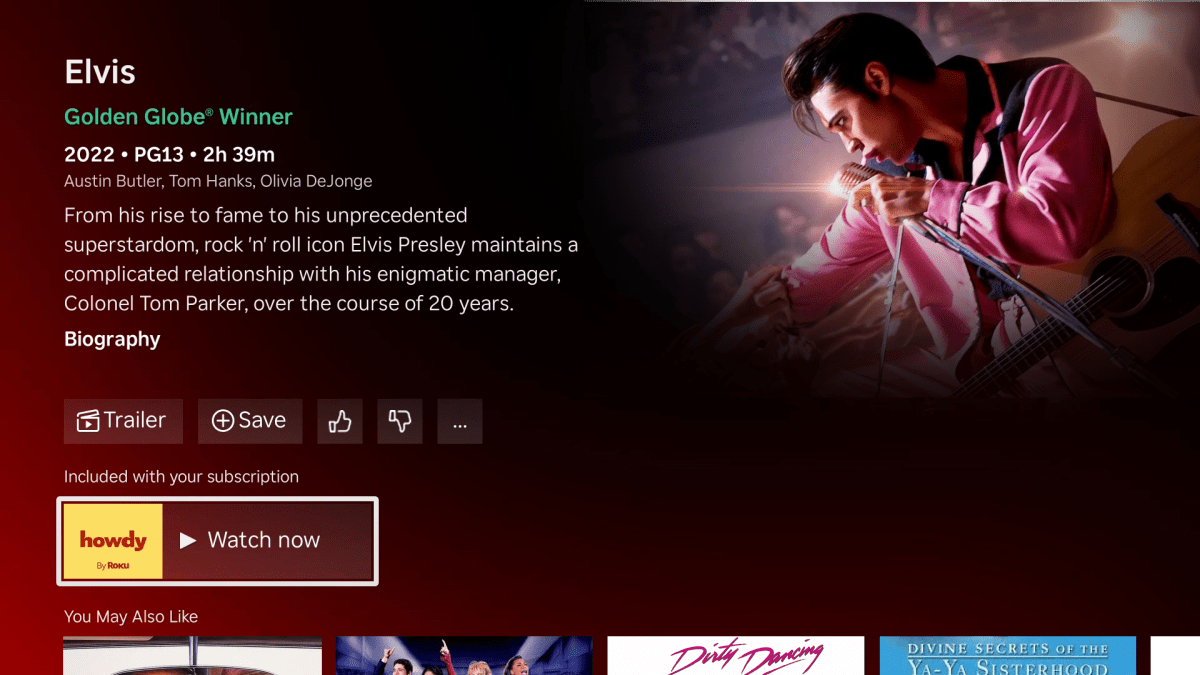
Roku
Here’s another parallel to consider: In its early years, Netflix claimed it was not competing with the incumbent cable business. Speaking to Kara Swisher in 2011, Netflix co-founder and (at the time) CEO Reed Hastings noted that cable subscriptions were up even as Netflix grew. “So it appears that to the consumer, Netflix is complementary,” he said.
We all know what happened next: While Netflix kept growing, cable began to stagnate. And pretty soon, most major media companies were preparing their own streaming services to take on Netflix directly. Netflix was always going to compete with the incumbents, but it had to insist otherwise because it needed to keep licensing their content.
Now, Roku is taking a page from Netflix’s playbook. In a press release, Roku CEO Anthony Wood said Howdy is “designed to complement, not compete with, premium services.” I doubt he actually believes that, but it’s something he’s obligated to say while Roku builds up the Howdy catalog.
The next wave
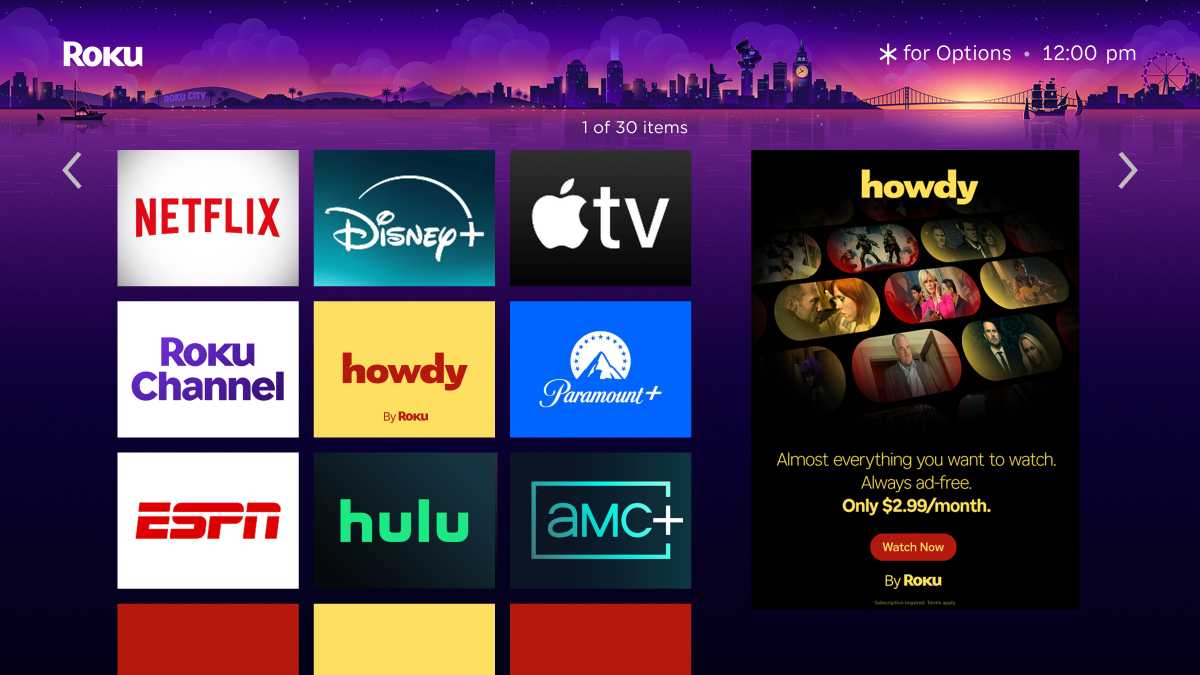
Roku
I’m drawing these parallels so we can better understand what else is next for streaming, because all we’ve seen from the incumbents looks a lot like cable.
Netflix keeps getting more expensive as it pursues more high-dollar sports programming, and services like Peacock and Paramount+ are following suit. The endgame for major streamers now is to push people toward bundles they might not need, with ad-supported tiers that pack in more commercials than were originally promised.
I believe a new phase of cord-cutting is inevitable, in which the folks who initially fled cable will start to reevaluate their relationship with major streaming services as well. Free streaming services such as YouTube, Tubi, and even TikTok will play a role in this shift, but there’s also a room for ad-free services that are cheaper than the likes of Netflix, HBO Max, and Disney+.
That’s a gap that Howdy could fill. Just as Netflix was able to build its streaming business off the success of its DVD rental program, Roku can build up Howdy on the success of its streaming players and smart TV platform.
Before long it could become what Netflix once was: a successful, affordable streaming service that disrupts everything that came before.
Sign up for Jared’s Cord Cutter Weekly newsletter to get more streaming TV insights every Friday.
https://www.pcworld.com/article/2877514/roku-howdy-is-everything-netflix-used-to-be.html
Login to add comment
Other posts in this group

It looks like nature is healing. Slowly, ever so slowly, OLED gaming
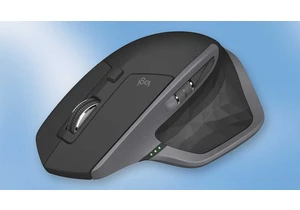
Logitech’s MX Master series of mice are some of the most beloved on t
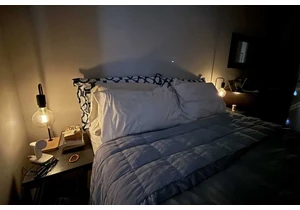
I’m a creature of habit, and nothing gets my endorphins flowing like

For many months, AMD offered a special treat to enthusiasts wishing t

I love being able to track my luggage when I’m on vacation or my keys

A daily driver laptop doesn’t have to cost an arm and a leg. If you’r

